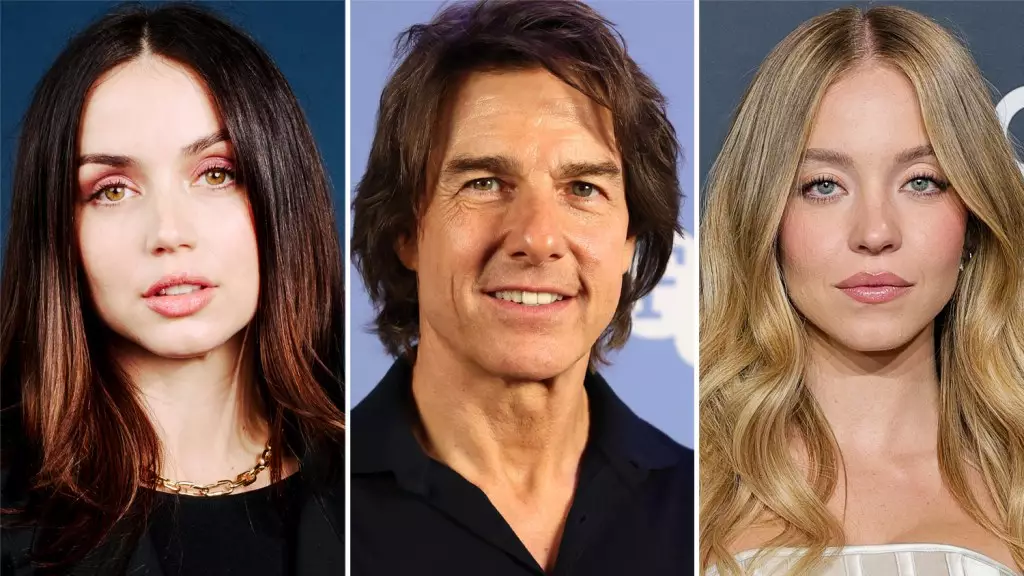The movie industry is experiencing a surge reminiscent of its glory days, but with this renewed vitality comes a host of challenges that could jeopardize its trajectory. As the dust settles on the staggering success of recent adaptations—like the Minecraft film—studios are eager to capitalize on this momentum. A slew of high-profile projects, with dazzling budgets and star-studded casts, are cropping up in a marketplace eager for blockbusters. While this revival brings forth excitement, it also unveils underlying tensions both within the industry and among audiences who grapple with shifting cinematic narratives.
Split Fiction: Mixing Genres and Expectations
Take, for instance, the anticipated film adaptation of the video game *Split Fiction*, helmed by Jon M. Chu. The internet is abuzz with speculation about this project, and understandably so. The pairing of Sydney Sweeney with the creative talents of Wernick and Reese—known for their sharp, humorous storytelling in *Deadpool*—could create magic on screen. However, one must wonder if this blend of talents can deliver something more than just an entertaining flick. In a marketplace fixated on female-led stories, the pressure for groundbreaking narrative is immense. The stakes are high, and the question of whether audiences will embrace yet another adaptation of a beloved game looms large.
Deeper: The Weight of Expectations
Conversely, *Deeper*, featuring Tom Cruise and potentially Ana de Armas, showcases another layer of ambition. The film’s narrative—a deep-sea exploration that spirals into terror—has its roots tangled in a decade’s worth of development hell. Cruise is a powerhouse, but does he truly hold the magic to breathe life into a project that has struggled under the weight of its own ambitions? With a price tag hovering around $200 million, studios are banking not just on entertainment but on an uncertain alchemy of star appeal and a meticulously crafted story. This kind of financial gamble raises eyebrows, especially given the volatile nature of film success in modern times.
The Impact of Woke Culture and Authentic Storytelling
Moreover, audiences today are more discerning than ever, demanding authenticity over flashy spectacle. While Sweeney and de Armas embody a progressive casting approach, there is a looming fear that these choices could be more about optics than substance. Are studios rushing toward representation purely as a marketing strategy rather than a commitment to authentic storytelling? In this landscape, the risk of backlash looms large if viewers feel that projects are empty vessels of progressive ideals rather than genuine narratives.
Navigating a Competitive Landscape
As competition intensifies among major players like Sony and Amazon MGM, one can’t help but feel the pressure mounting. Each bid in the millions fuels a race where quality often gets sacrificed on the altar of profitability. Can this high-stakes breed of filmmaking sustain itself, or will it implode under unrealistic expectations? The industry stands at a crossroads. While the hot streak is exhilarating, it masks a brewing tempest—a clash between the old guard of studio expectations and the evolving demands of a more engaged, critical audience. Ultimately, it’s the balance of artistic vision and commercial appeal that will dictate whether this resurgence is a fleeting moment of glory or a transformative era in cinema.

